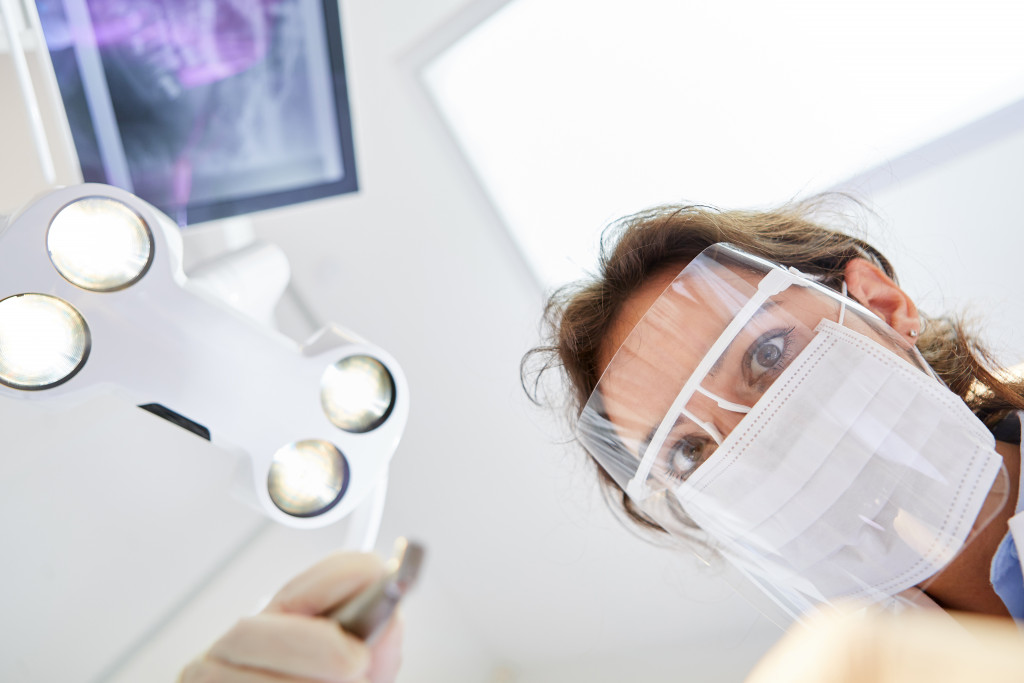It’s never too early to start thinking about your child’s dental health. Crooked teeth can be a problem for children, and left untreated, they can lead to more severe problems down the road. But don’t worry – there are a variety of treatments available that can help straighten your child’s teeth without requiring extensive, invasive procedures.
This blog post will explore ten different ways to fix crooked teeth in children. But first, let’s learn everything you need to know about this common dental issue.
What Causes Crooked Teeth?
There are a variety of reasons why children develop crooked teeth. The most common cause is simply genetics – if you had crooked teeth as a child, there’s a good chance your child will too. Other causes include thumb-sucking, early or late loss of baby teeth, and tongue-tie (a condition where the tongue is tethered to the floor of the mouth, preventing it from moving freely).
Sometimes, crooked teeth are simply a cosmetic issue. But in other cases, they can cause problems with eating, speaking, and cleaning the teeth properly. That’s why it’s important to seek treatment if you notice your child’s teeth are crooked.
10 Ways to Fix Crooked Teeth
There are a variety of ways to treat crooked teeth in children. The best option for your child will depend on the severity of the problem, your child’s age, and your personal preferences. Here are ten different ways to fix crooked teeth:
1. Visit a Pediatric Dentist
The first step is to visit a pediatric dentist. They will be able to assess the severity of your child’s crooked teeth and recommend the best course of treatment. They might also recommend you see an orthodontist, a dentist who specializes in teeth alignment by using orthodontic appliances. Dentist will also be able to tell you if your child’s crooked teeth are just a cosmetic issue or if they’re causing problems with eating, speaking, or cleaning the teeth properly.
2. Wait and See
In some cases, the pediatric dentist might recommend a “wait and see” approach. This is usually recommended for children who are still growing, as their teeth might straighten out on their own as they continue to grow. The dentist will likely schedule follow-up appointments to monitor your child’s teeth and make sure they’re straightening out as expected.
3. Use Dental Appliance
There are a variety of dental appliances that can be used to help straighten teeth. The most common appliance is braces, which are metal brackets that are glued to the teeth and connected with wires. Braces apply steady pressure to the teeth over time, gradually moving them into the correct position.
Other dental appliances include headgear (which is worn at night to apply pressure to the teeth), retainers (which hold the teeth in place after braces are removed), and aligners (clear plastic trays that fit over the teeth and gradually move them into the correct position).
4. Undergo Surgery
In some cases, surgery might be necessary to fix crooked teeth. This is usually only recommended for severe cases that can’t be corrected with dental appliances. The most common type of surgery is jaw surgery, which involves moving the upper and lower jaws into the correct position. This type of surgery is usually only recommended for adults, as the jaw is still growing in children.
5. Use Clear Aligners
Clear aligners are a popular alternative to traditional braces. They are clear plastic trays that fit over the teeth and gradually move them into the correct position. Unlike braces, they can be removed for eating, drinking, and brushing your teeth. They are also less visible than braces, so they’re a good option for people who are self-conscious about their appearance.
Why Your Kid Needs Straight Teeth?
As a parent, you want what’s best for your children. You want them to be healthy and happy, and you want them to have all the opportunities in life that you never had. That’s why it’s so important to make sure that their teeth are healthy and straight.
Crooked teeth are more than just a cosmetic issue. They can cause serious oral health problems down the road, including:
- Difficulty chewing and speaking
- Tooth decay and gum disease
- Misalignment of the jaw
In some cases, crooked teeth can even lead to TMJ (temporomandibular joint) disorders, which can cause pain and difficulty moving the jaw.
The best way to treat crooked teeth is to catch the problem early. That’s why it’s so important to take your child to the dentist regularly and to be on the lookout for any signs of crooked teeth. The sooner you catch the problem, the easier it will be to treat.

